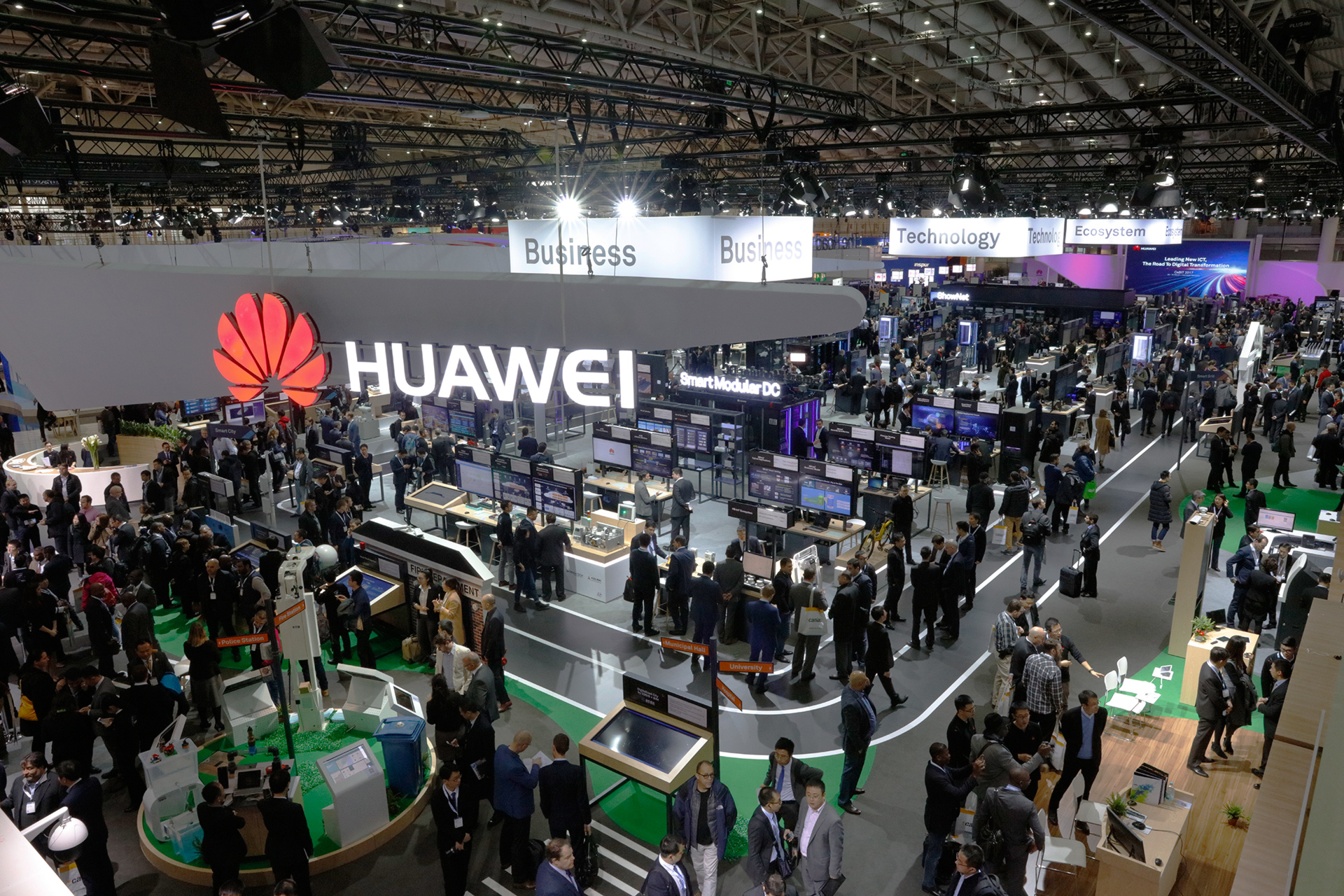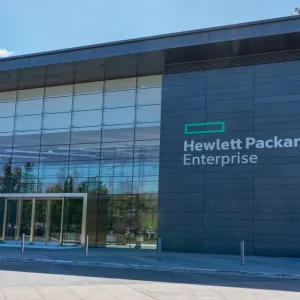
Digital transformation was the name of the game for Huawei at CeBIT 2017 in Hanover. The company announced three new prongs to its digital strategy including a new partnership with Honeywell regarding smart buildings and cities, 15 new OpenLabs over the next three years, and a new model of Storage as a Service (STaaS). These new products are indicative of the way much of enterprise technology is headed.
Each of these new technological ventures represent a new direction in digital strategy and connectivity for applications that have not traditionally been so – only recently have these become a necessary change for businesses and the way the world operates.
Smart buildings and cities are very much the way forward with urban development due to their cost and environmental efficiency; Storage as a Service has become needed as companies deal with ever increasing amounts of data; and OpenLabs are the building blocks driving these new initiatives with research and development alongside industry partners.

This current era of digital transformation is going to shape the way businesses and services operate both this year, and in the coming few. The need to restructure the current ecosystem of enterprise technology is definitely something that has been reflected at CeBIT 2017, quite noticeably, by Huawei.
In the IoT space, the enterprise giant announced a collaboration with Honeywell to develop new smart building offerings through large scale city developments to make buildings more sustainable, secure, and energy efficient. The linchpin of the new collaboration is Huawei’s newly announced IoT Gateway which collects and analyses data to improve efficiency, in typical IoT fashion.
Kevin Hu, president of Huawai Switch and Enterprise Gateway product line said: “Being fortune 500 enterprises with strong R&D and innovation capabilities, Huawei and Honeywell are both committed to creating products and solutions that address our customer needs and allow them to take full advantage of the benefits associated with digital transformation.
“The Huawei Smart Building Solution will deliver higher quality service to global customers, bring more energy efficient, and smarter buildings.”
Smart city technologies are one of the more common talking points when digital transformation is discussed, as the idea of turning homes and commercial buildings into technological smart hubs to assist with streamlining daily functions is an enticing prospect. Gartner estimates that by 2018 there will be 3 billion connected devices installed within smart cities, 2 billion of which will come from smart homes and commercial buildings alone.
Similarly Huawei’s announcement of a Storage as a Service solution to enable a smoother transition to the cloud represents another big step forward in digital transformation. As companies garner more and more data, the ability to store and access that data swiftly and efficiently is imperative. Huawei estimates that this new “Data on Demand” service will help enterprises reduce the total cost of ownership by 20% and improve data management efficiency by up to 50%.

If we look at smartphone data traffic as an indicator of the increasing amount of data that is being consumed then the numbers clearly indicate the need for simpler and more effective storage. Between 2015 and 2016, Ericsson saw a 60% rise in traffic, and Cisco estimated an approximate growth of 74%.
Ericsson believe that with the advent of technologies such as 5G the amount of data traffic, from smartphones alone, is estimated to grow by up to 12 times as much. This increase in data traffic via smartphones is indicative of the amount of data the connected world creates. If companies like Huawei are to pursue things like smart cities, the ability to store this data in an efficient manner must be a primary concern.
The OpenLab program from Huawei represents another way in which digital transformation will shape the technological landscape in enterprise. In order to convert legacy systems, and analogue systems into newer connected IoT, and digital systems then research into new and exciting developments is how to do this.
Over the next three years Huawei has pledged to invest $200 million into the development of 15 new OpenLabs in order to work with industry partners and assist the digital transformation. Seven of these OpenLabs will be built in 2017 and located within London, Paris, Moscow, and Johannesburg, among others.
Vincent Yu, President of Industry Marketing and Solution Department of Huawei Enterprise Business Group, said at CeBit 2017: “Each OpenLab addresses the needs of its local market, and harnesses local talent and technology assets.
“For example in Munich, Germany, we are working on joint innovation projects, conducting simulation tests and researching on connected cars with German automotive enterprises, We work with outstanding local companies to integrate their capabilities across the world, helping to enhance the competitiveness of local ICT industries.”
Huawei estimate that in the last 10 years the company as spent as much as $38 billion on research and development alone, something that has helped the company to grow to the position in finds itself in today. One only has to look around the floor at CeBIT to see that much of the focus nowadays is transforming the mundane and less-than-analogue into a connected or digital device. The fourth revolution is in full swing now, and companies like Huawei are setting the pace.






